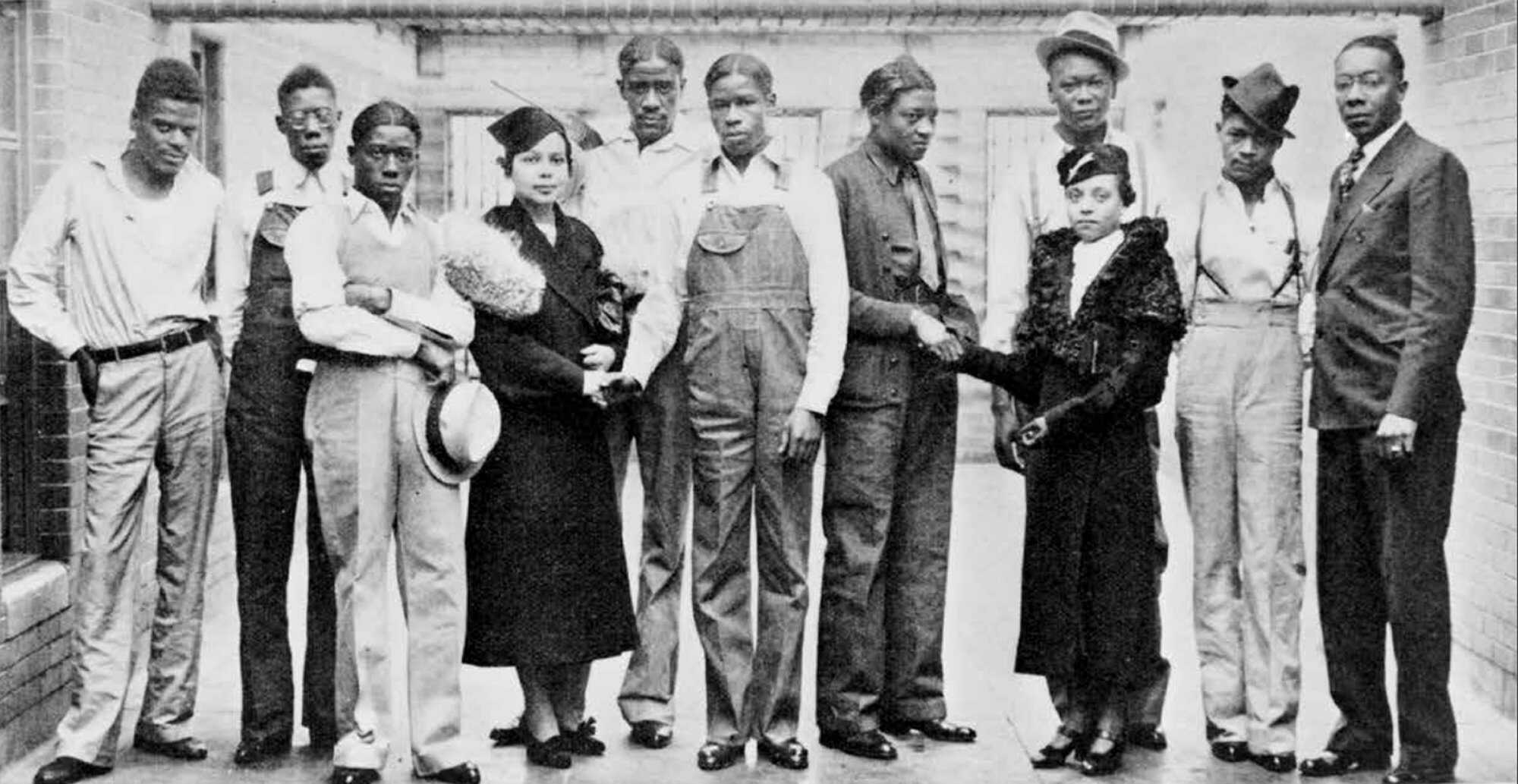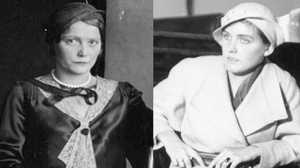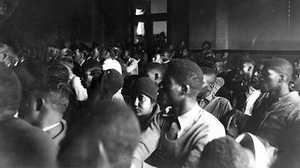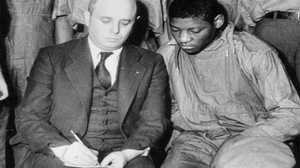The NAACP and the Scottsboro Trial

The National Association for the Advancement of Colored People (NAACP), one of the nation's most prominent civil rights organizations today, was founded in 1909 by leading black and white Americans concerned with the condition of blacks in the United States. In particular, the group was formed in response to lynchings of blacks in the South.
The organization followed the Scottsboro case in the local southern newspapers but did not have a local representative reporting on the situation; the information they received did not immediately convince the NAACP that the boys were innocent. When Walter White, executive secretary of the NAACP, began receiving inquiries on the case, from board member Clarence Darrow, among others, he began a more careful investigation of the incident.
By the time the NAACP made an effort to become involved in the legal defense of the accused, the International Labor Defense had already staked a claim to the case. This led to public relations campaigns by both groups trying to discredit the other. The NAACP thought the I.L.D. was using the Scottsboro case as propaganda for the cause of communism; the I.L.D. thought the NAACP was too moderate, willing to collaborate with the ruling class for small gains. The boys were easily swayed by both organizations but ultimately, the I.L.D. was more successful at courting their parents, and that decided the issue.
Although the I.L.D. officially ran the legal defense, the NAACP never lost interest in the case, and watched all the developments carefully. The organization remained active in providing support for the defendants and their families, and advancing their cause.
In 1935 the competing groups came together and the Scottsboro Defense Committee was formed. Within the new group, the I.L.D. position was reduced, and the NAACP was a voting member.
After the compromise outcome of 1937, with four of the young men convicted of rape, Ozie Powell imprisoned for assaulting a deputy, and four of the defendants set free, the NAACP helped find jobs for each of the boys as they left prison.
In the 1970s, when Clarence Norris wanted to put his past behind him, NAACP lawyers helped him receive his pardon from the state of Alabama.







